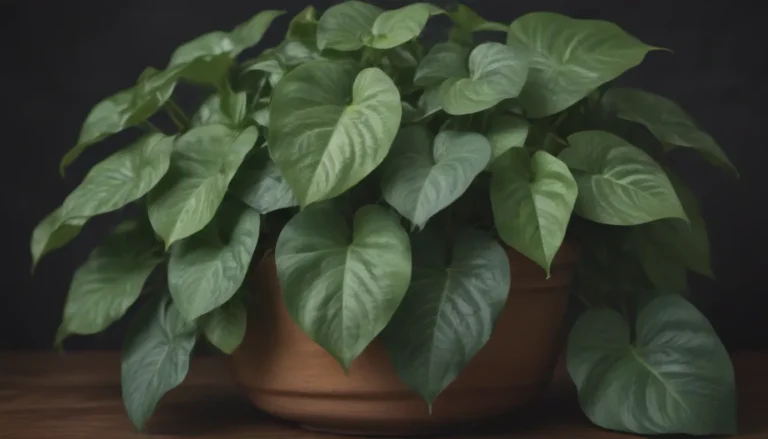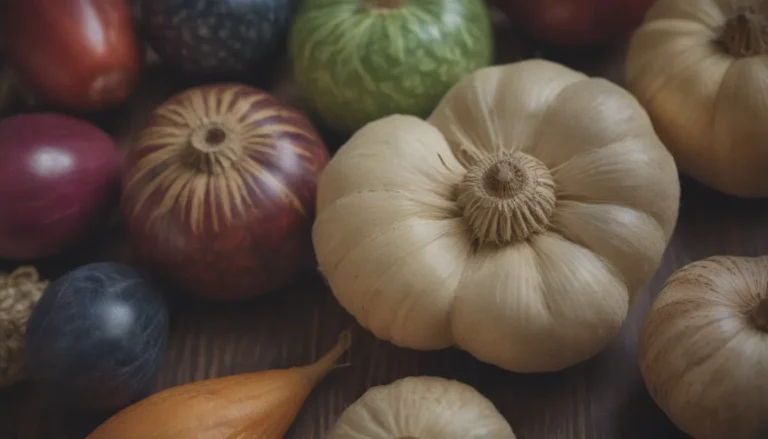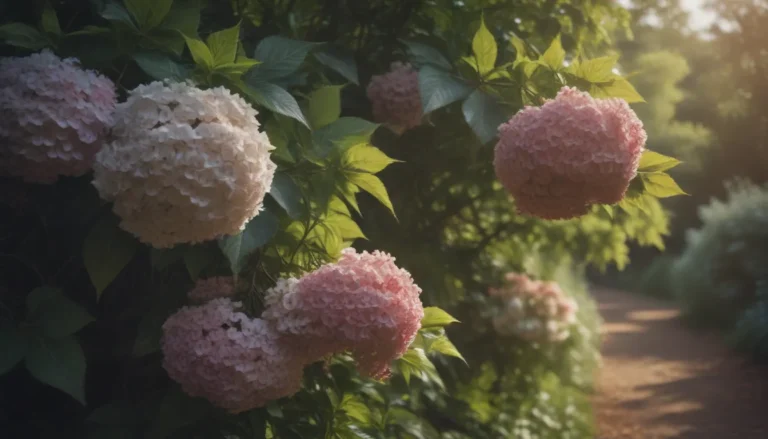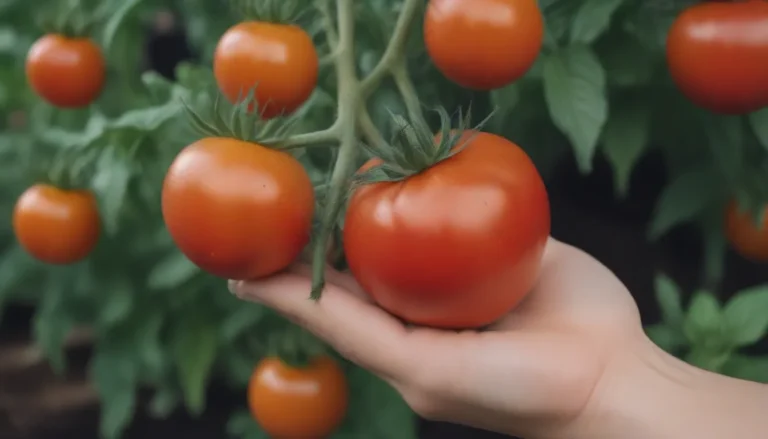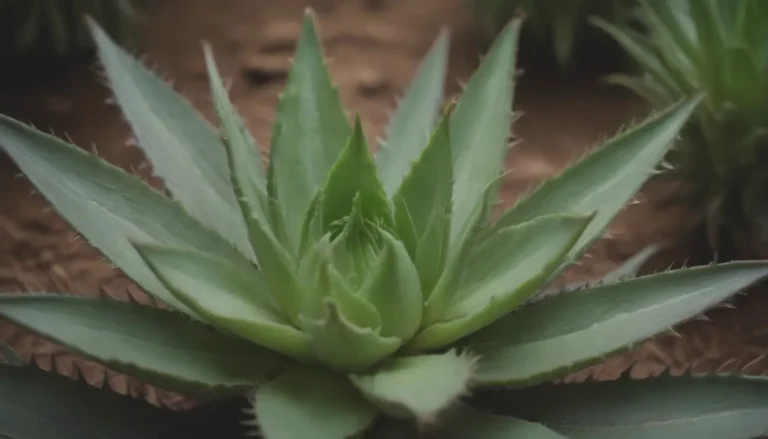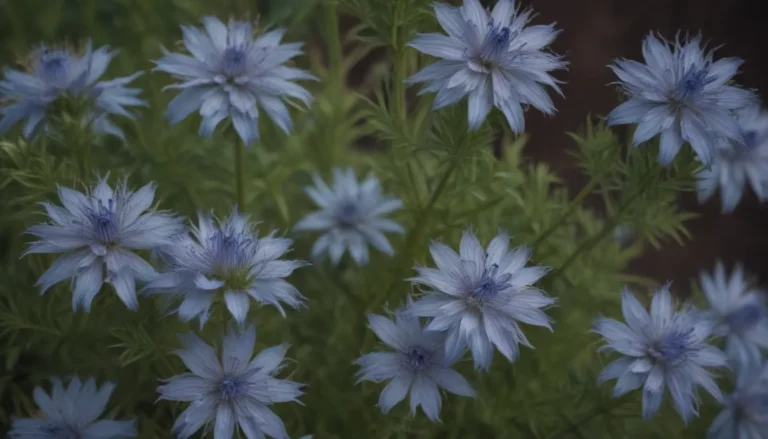The Importance of Cross-Pollination in Your Garden: A Comprehensive Guide
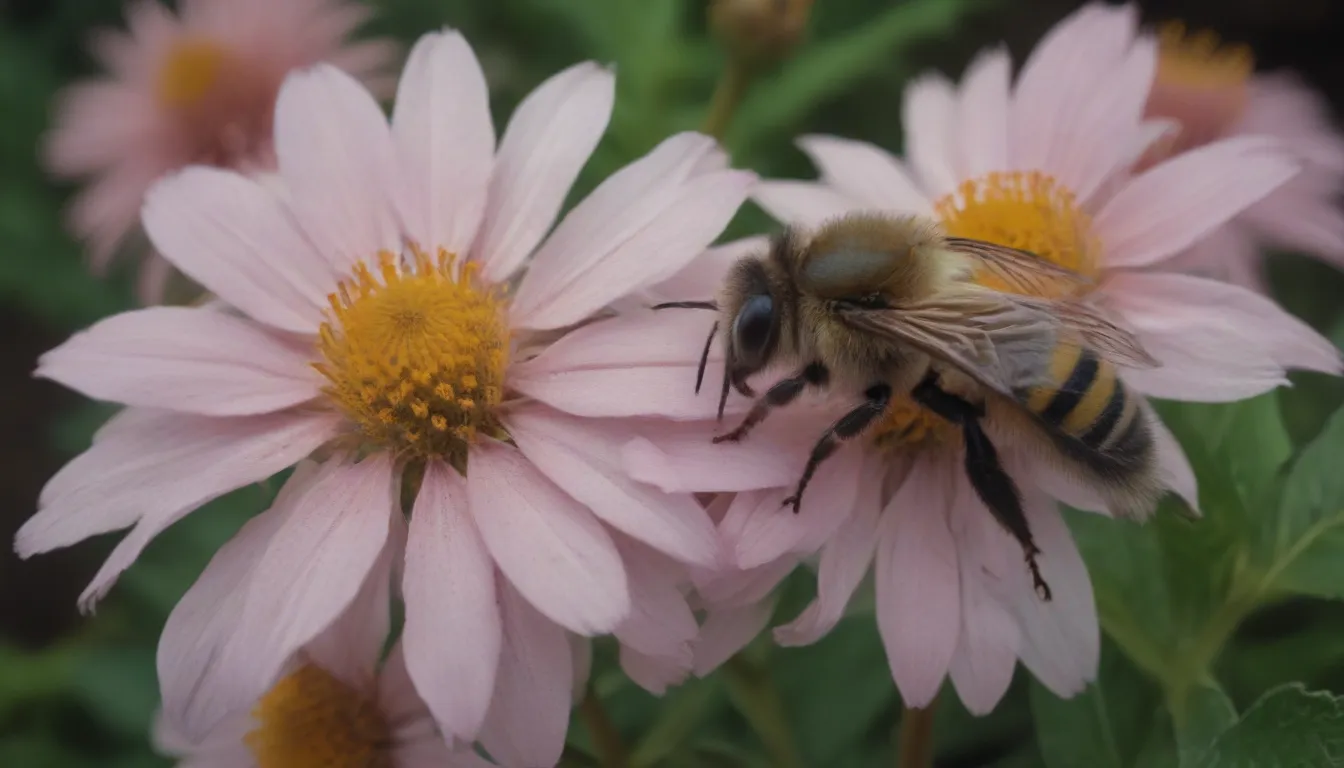
Do you ever wonder why the fruit or vegetable you grew from a saved seed looks different from the original plant? It’s all thanks to cross-pollination! In this article, we will delve deep into the world of cross-pollination in gardening, exploring its significance, mechanisms, and the impact it has on your garden.
Understanding Cross-Pollination
Cross-pollination is a fascinating process wherein pollen from one flower fertilizes the pistils of another flower. This results in the combining of genetic material and the production of a hybrid plant. While some hybrids occur naturally, intentional cross-breeding is a common practice in gardening to create plants with desirable characteristics such as tastier fruit, bigger blooms, and vibrant colors. By understanding cross-pollination, you can effectively plan your garden to achieve the results you desire.
How Cross-Pollination Works
To understand cross-pollination, it’s essential to grasp how plants reproduce through flower, fruit, and seed development. Flowers can be complete, with both male and female parts, or incomplete, with only one of the reproductive parts. Fertilization occurs when pollen is transferred from the male flower to the female flower, leading to the development of fruits and seeds. This process allows for the mixing of different characteristics, resulting in diverse and unique plant offspring.
Vulnerability to Cross-Pollination
While cross-pollination can happen naturally or through mechanical means, some plants are more vulnerable to it than others. Plants within the same genus are more likely to cross-pollinate, with some varieties being more susceptible to unintended hybridization. Certain fruits and vegetables, like sweet corn, are particularly prone to cross-pollination, which can lead to unexpected outcomes when saving seeds for future planting.
Examples of Cross-Pollination
-
Squash Plants: Some squash plants produce both male and female flowers on the same plant, increasing the likelihood of cross-pollination. A bee carrying pollen from one type of squash to another can result in a hybrid squash with combined characteristics of both parent plants.
-
Sweet Corn: Planting different varieties of sweet corn next to each other can lead to mixed ears, altering the taste and quality of the crop. Cross-pollination with field corn can also negatively impact the texture of sweet corn.
-
Trees and Shrubs: Many fruit trees and shrubs require cross-pollination to produce fruit, with some species needing two plants of the same type or a different species for successful pollination. Understanding the pollination requirements of specific plants is crucial for a successful harvest.
Self-Pollination vs. Cross-Pollination
Plants can either self-pollinate or cross-pollinate, depending on their reproductive structures. Self-pollinating plants have both male and female parts in each flower, reducing the likelihood of cross-pollination. Common self-pollinating vegetables include beans, broccoli, and onions. However, even self-pollinating plants can cross-pollinate under certain circumstances, emphasizing the importance of proper isolation when saving seeds for future planting.
The Formation of Hybrids through Cross-Pollination
Hybrid plants are the result of cross-pollination between two parent plants, creating offspring with a combination of characteristics from each. While some hybrids occur naturally, many are intentionally bred by humans to produce crops with specific traits. Commercially viable hybrids, such as Meyer lemons and Better Boy tomatoes, are meticulously developed over years of selective breeding to ensure desirable qualities like disease resistance and yield.
When purchasing seeds for your garden, look for symbols like F1 or the term ‘hybrid’ to guarantee reliable and consistent results. While saving seeds can be rewarding, it may result in variable offspring with diminished vigor compared to parent plants. By using hybrid seeds, you can ensure a bountiful and productive garden with plants that exhibit desirable traits.
In conclusion, cross-pollination plays a vital role in the diversity and resilience of plant species. By understanding the mechanisms of cross-pollination and its impact on your garden, you can make informed choices when planning your planting strategy. Whether you’re a seasoned gardener or a novice enthusiast, harnessing the power of cross-pollination can lead to a fruitful and successful harvest year after year.
Remember, a little cross-pollination can go a long way in creating a vibrant and thriving garden!
